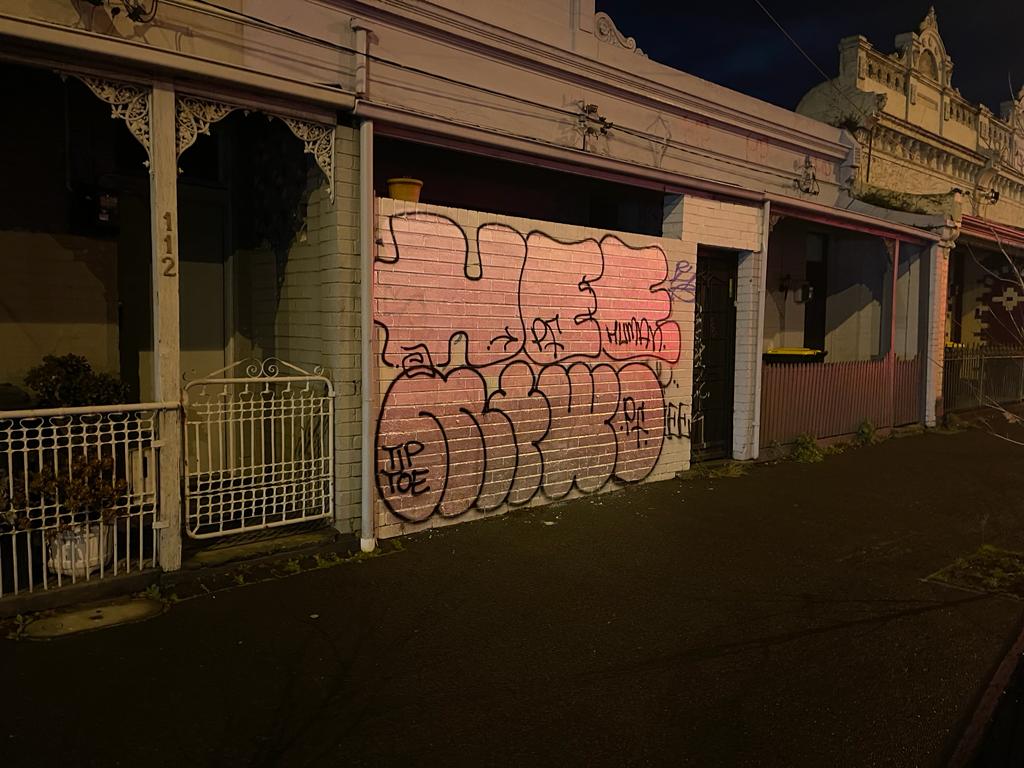Now do crypto.
a1studmuffin
Software engineer (video games). Likes dogs, DJing + EDM, running, electronics and loud bangs in Reservoir.
- 1 Post
- 117 Comments

 4·2 months ago
4·2 months agoIf it is, get ready for the subscription plan.
I chuckled at this bit:
The breakage should nevertheless be fixed as soon as possible, ideally before the breakage reaches Linus.

 3·3 months ago
3·3 months agoI’ve played around with using PLA to make plant pots on an old Ender 3. It wasn’t quite waterproof, but pretty close. If you wanted a perfect seal for underwater shenanigans, I’d probably experiment with different wall thickness settings, and maybe temperatures/fan cooling settings. You want to try and minimise the tiny air pockets between layer and filament drawing lines. (Resin 3D printers are probably better at this tbh.)
I had reasonable success using a hot air gun to melt the outer layer of PLA to make it perfectly smooth, but this can deform your object if it heats up too much, so I’m guessing very hot temperatures and less contact time would be the ideal setting.
You could also try smearing Vaseline or resin coating the outside of the object.

 3·3 months ago
3·3 months agoI had a good experience with Daikin split systems, but it’s really going to depend on your region and what’s available in your area, or what you’ve already got. If you’re looking for inspiration on what works well, check the Home Assistant forums.

 5·3 months ago
5·3 months agoBest place to start would be to look at the thermostat hardware you’ve currently got, and start searching online if anyone has integrated it into Home Assistant.
I’ve lived at a few houses now with Home Assistant. In all of them I was able to integrate my HVAC and automate it, but some brands and hardware are definitely easier than others.
I think the most extreme of them required a custom esphome device connected to its PCB to talk to Home Assistant, and another required me to write my own custom component.
Hardware and brands make a huge difference, but sometimes you’re stuck with what you’ve got.
So what’s going on here? Is this related to the new US administration? Or Microsoft and Meta exchanging money to silence the competition? Genuinely confused, but it seems fairly important whatever the motivations.

 11·3 months ago
11·3 months agoIt’s how most large forums ran back in the day and it worked great. Quality over quantity.

 5·4 months ago
5·4 months agoJust to play devil’s advocate, why do you want to automate your lighting? I’d consider myself an advanced HA user (been using it since 2019 and have coded several custom integrations and built custom hardware) and never bothered with automating my home lighting. I’m always walking past the light switch as I enter or exit a room anyway, so it’s not a big inconvenience.
The real wins I’ve gotten from HA are smarter home security (door locks/sensors/cameras etc), climate control, energy management, garden irrigation, and remote control of “dumb” devices like my garage door and motorised front gate.
Edit: thanks for the insights all! Seems having kids and older houses are common reasons for automating lighting.

 15·4 months ago
15·4 months agoI also liked
LGs AI Home Inside 2.0 Refrigerator with ThinkQ

 24·4 months ago
24·4 months agoWake me when I can install Tayne on it.
Ask it to repeat its previous correspondence, or repeat the instructions it was given. It’ll be interesting to hear what its intentions are.

 3·4 months ago
3·4 months agoI especially love the sound! This thing is hilarious, can’t wait to read the disaster postmortem in a few years time.

 28·4 months ago
28·4 months agoAnd only broadcast in subregions of their market where they know it’s a good PR move.

 8·4 months ago
8·4 months agoMaybe you’re just not quality content.

 5·4 months ago
5·4 months agoAlso, who’s at reading distance from a USB port half the time? Sometimes they’re on the front of a device, but they’re just as often hidden behind something or in a hard-to-reach place. Monitors and PCs come to mind.

 10·4 months ago
10·4 months agoflash forward to an Android cursing on hands and knees trying to vacuum under the fridge
I’m no expert but just helping you kick the tires a little bit - for the audio outs, are you thinking of just running speaker wire from an amp in the server closet to the ceiling of all of the audio out locations?
For what it’s worth, I’ve dabbled with wifi/Bluetooth speakers and while they generally work well, there always seems to be some software update or connectivity dropouts enough that I’d much prefer a wired system to eliminate over-the-air issues for a long-term robust solution.



https://community.home-assistant.io/t/fsr-the-best-bed-occupancy-sensor/365795
This is the best write-up I’ve seen - essentially a force sensitive resistor on the bed slats and an ESP32 will get you the results you’re after.